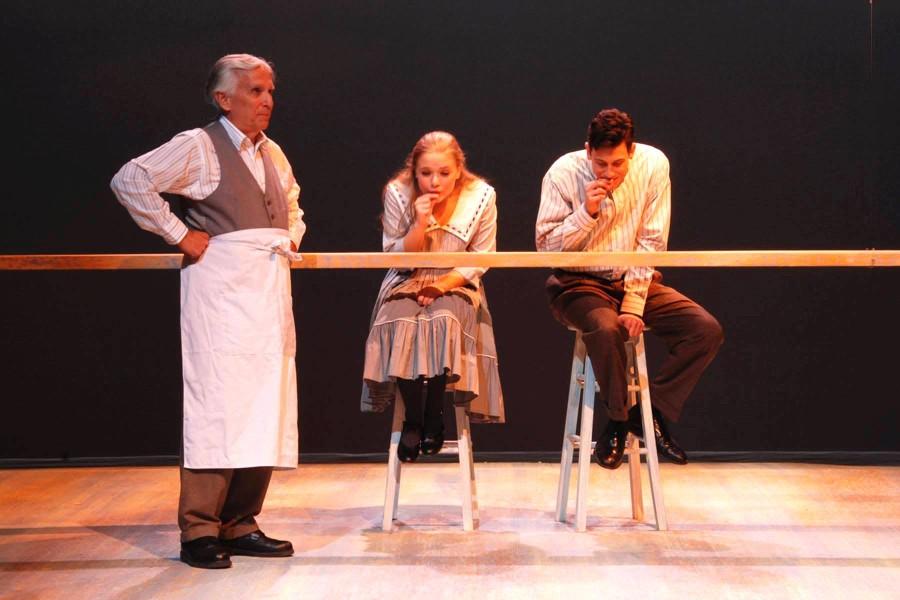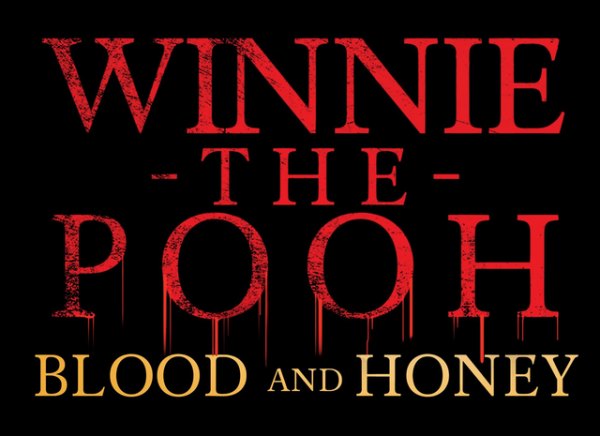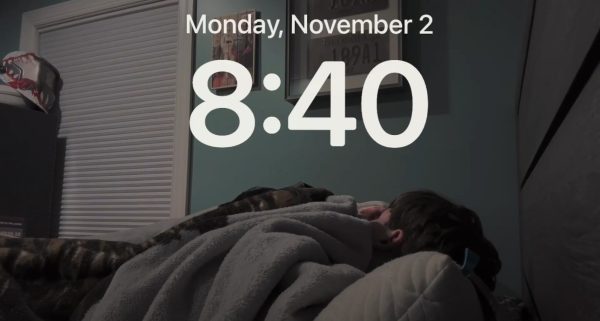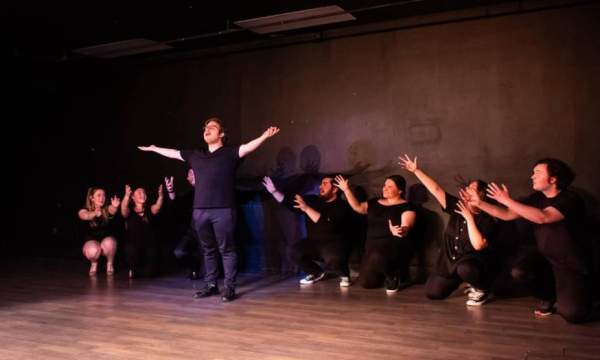Review: Our Town of growing, living and dying
October 18, 2015
Marywood University’s production of Our Town, directed by Maura Malloy, successfully articulated the nuances of small-town life, while communicating a sound, deep-rooted message.
As a three act play, it had the potential to drag, but the pacing was expertly accomplished, leaving the show almost devoid of dead space. At the top of the show, the stage was set with nothing but six wooden chairs, five of them aligned and one noticeably misplaced. The Stage Manager, or narrator, played by David Zarko, took his place in this distinctive chair a few minutes before the show commenced. With a apparent cue from an offstage figure, the Stage Manager brought the stage to life.
The first few minutes consisted solely of this simple, yet amiable man setting the scene of Grover’s Corners, where the ensuing action would take place. Though the narrator stumbled on his words a bit, overall he posed as a strong figure to lead the action of the play. By breaking the fourth wall, this narrator character drew you into the story, making you feel more connected to the characters and engaged with the content. Such engagement kept this seemingly simple show moving.
Due to the minimalism of the production, characters mimed anytime they would typically be using tangible objects, whether they were drinking coffee or carrying books. Audience members might realize that they actually became more aware of the movements of characters when there were no physical objects being toyed with. It was the job of the actors to take charge of their movements in order to appear flawless for the audience.
Mrs. Gibbs, played by Ashley Bohn, was an excellent example of mastering this task. Her stage presence demanded your attention; from her strong movements, to her articulate voice, it was obvious that her character was constantly motivated.
In one scene between Mrs. Gibbs and Mrs. Webb, the two are seated in their back yard shelling invisible peas and discussing their all-but-exciting family lives. Though this scene might seem to prompt squeaky seats, audience members were entirely captivated by the powerful inflection and subtle, purposeful action of the two female characters.
Another example of a gorgeously executed scene was between the young admirers George and Emily, played by Kenny Doyle and Dana Jackson, respectively. While solving math problems together, the young lovers were perched on the tops of ladders facing each other, alluding to them speaking through their bedroom windows.
They were accompanied by the soft lulls of a choir rehearsing under them and the image of an incredible moon appearing on the scrim behind. Besides the moving conversation held during this scene, the imagery alone had the potential to evoke great emotion within viewers.
At the beginning of the second act the Stage Manager noted the ‘titles’ of the three acts; the first being “Daily Life,” second “Love and Marriage,” and, for the third act simply said, “I reckon you can guess what that’s about.” Given this foreshadowing, the third act began with funeral processions, setting a melancholy tone. Dark figures carrying umbrellas marched under the hum of a hauntingly delicate hymn that made your heart heavy as if you were actually at a funeral.
The use of silence in this act was particularly moving and well-balanced to keep the audience’s attention while evoking the right tone and emotion. The silence and stillness of the dead was even more haunting when George came to his wife’s grave, with no words, just his raw emotion, somberly concluding the show. Even after the lights came up in the theatre, the audience felt a solemn understanding.
Contact the writer: [email protected]















